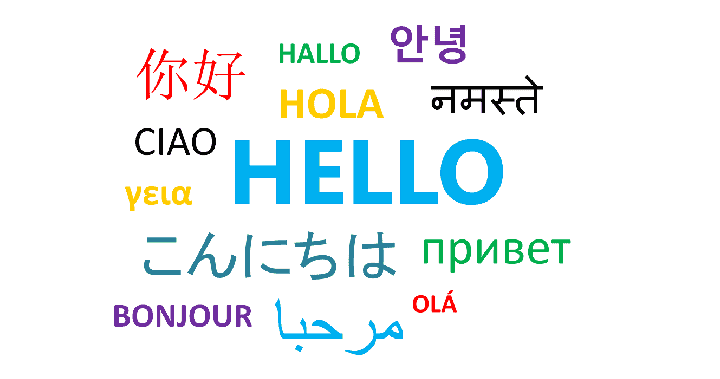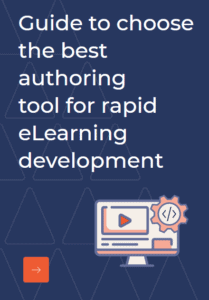“Kak ya mogu nayti eto mesto?”
Well, try reading this. Make sense?
Not for most of us because its Russian for ‘how can I find this place?’ This is something most globetrotters face one time or the other. The barrier called language, that is made of 6909 living languages to be precise. That’s a really large number, that too excluding the regional or localized versions spoken/written in different areas.
So, what does language have to do with Training?
Over the years, organizations have been seeing a lot of expansion, with many of them having multiple branches spread across various global locations. This implies the inclusion of a vast populace with different linguistic preference as a part of the organization’s work force too. Then the question arises, how do we handle training for all of them? Using a global language is one way, but considering the fact that many countries prefer the usage of their local languages, the training content should be delivered in the preferred language. And how so?
Translation and Localization is the commonly sought out option when it comes to creating eLearning that caters to learners at various global locations.
So, does that mean putting the storyboard in Google translator and then converting it into any language? Funny, right? Wish it were as simple as that.
Translation is more than just arranging the words in a different language. It includes the usage of the words in the right context and emphasizes on the grammatic aspects. This is where certified language experts play crucial role. The translated content should also be verified by a subject matter expert to ensure that the learning content doesn’t deviate from the key learning aspects.
But, the story doesn’t really end there. It has been observed that different visual elements portray different meanings even in countries where the same language is spoken. Say for instance, the way the headgear or scarf is wrapped is different in different Arab countries. Similarly, the way certain words, fonts or symbols are used differ too. This is where Localization comes into play. The localization actually helps to depict the regional flavor of an eLearning course and it helps user to correlate with the eLearning course easily.
Once translated and localized, the training programs can now be used to reach a wider audience increasing its overall effectiveness. It is also observed that, employees or learners feel more comfortable when they learn in their native dialects, this also makes learning delivery easier as the learners are more interested in learning and hence, retain more of what they learn.
Translation and localization of the training program can also be considered as a way of future-proofing. With the means of training available, it is always easier to expand the business to various regions. This also expands an organization’s global presence, builds credibility and most importantly creates a better connect with the employees which in turn influences employee retention.
Corporate training programs have a better chance of being effective, if they are delivered to employees in their language of choice. If you have a global work force and if you haven’t been doing so, then start today, make your employees or learners feel at home. If you need any help on this, our consultants are always ready to help you on this. We work in almost 20+ languages on both translation and localization.
At Knowzies we have a wonderful team of SMEs and language experts who can help you resolve your language woes. Need help? You know where to find us.
Blog Cover Image Credit - Pixabay



